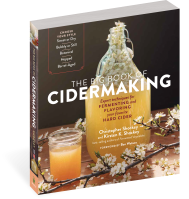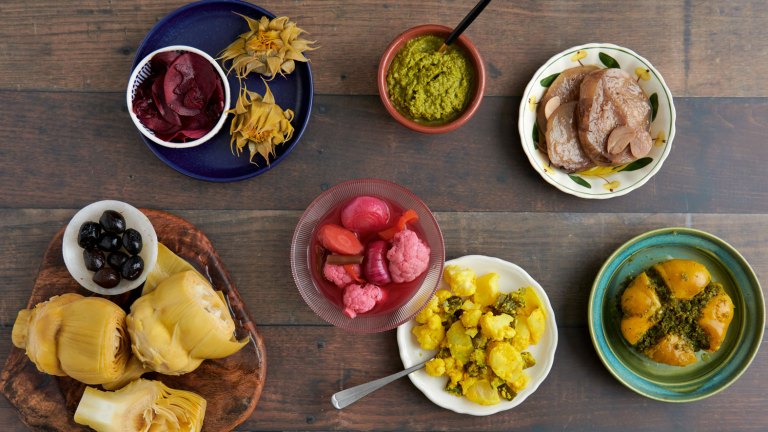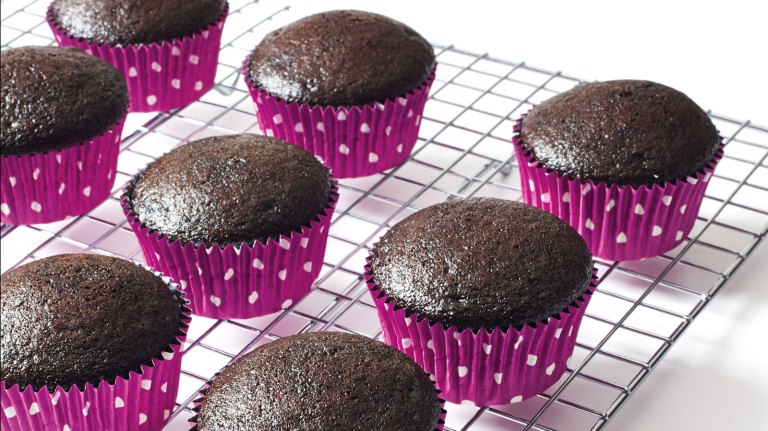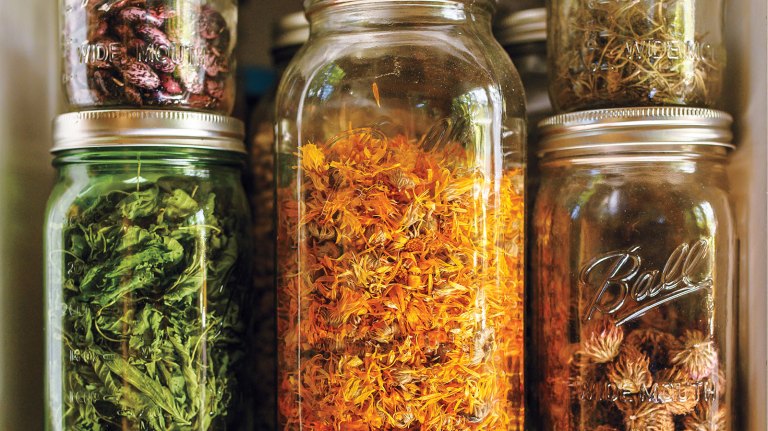Recipe for Lemon-Dill Kraut
Happy International Sauerkraut Day!

We thought it would be fun to develop a visual introduction to the variety of options that exist in the world of fermented vegetables. After all, while the world celebrates International Sauerkraut Day today, not everyone loves the taste of that traditional cabbage side dish. Authors Kirsten and Christopher Shockey helped us develop a choose-your-own-fermenting-adventure flow chart that anyone can follow with a copy of their book, Fermented Vegetables, in hand.
It’s worth pointing out to those soured on sour cabbage that even within the realm of kraut, options abound. Lemon-dill kraut is one of the earliest combinations the Shockeys developed as they began to experiment with different flavors and ingredients in their fermented dishes. It’s received glowing reviews from farmers’ market customers and, as the Shockeys write in the recipe headnotes, “This is the kraut we recommend to those who say, ‘I don’t like sauerkraut.’ It’ll win them over.”
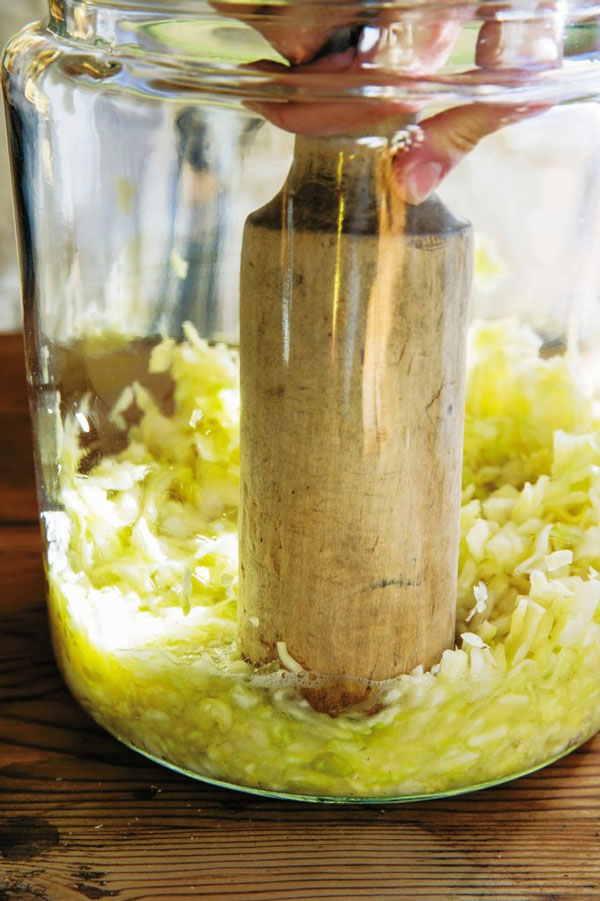
Lemon-Dill Kraut
Follow the directions for Naked Kraut (below), adding the lemon juice and dill with the salt. When the cabbage is glistening and you have a small pool of liquid in the bottom of the bowl, mix in the garlic.
Ingredients
- 2 heads (about 6 pounds) cabbage
- 1½–2 tablespoons unrefined sea salt
- 4 tablespoons lemon juice
- 1–2 tablespoons dried dill (to taste)
- 4–5 cloves garlic, finely grated
Directions
To prepare the cabbage, remove the coarse outer leaves. Rinse a few unblemished ones and set them aside. Rinse the rest of the cabbage in cold water. With a stainless steel knife, quarter and core the cabbage. Thinly slice with the same knife or a mandoline, then transfer the cabbage to a large bowl.
Add 1 tablespoon of the salt and, with your hands, massage it into the leaves, then taste. You should be able to taste the salt without it being overwhelming. Add more salt if necessary. The cabbage will soon look wet and limp, and liquid will begin to pool. If you’ve put in a good effort and don’t see much brine in the bowl, let it stand, covered, for 45 minutes, then massage again.
Transfer the cabbage to a crock or 2-quart jar, a few handfuls at a time, pressing down on the cabbage with your fist or a tamper to work out air pockets. You should see some brine on top of the cabbage when you press. Leave 4 inches of headspace for a crock, or 2 to 3 inches for a jar. Top the cabbage with one or two of the reserved outer leaves. Then, for a crock, top the leaves with a plate that fits the opening of the container and covers as much of the vegetables as possible; weight down with a sealed, water-filled jar. For a jar, use a sealed, water-filled jar or ziplock bag as a follower-weight combination.
Set aside the jar or crock on a baking sheet to ferment, somewhere nearby, out of direct sunlight, and cool, for 4 to 14 days. Check daily to make sure the cabbage is submerged, pressing down as needed.
You can start to test the kraut on day 4. You’ll know it’s ready when it’s pleasingly sour and pickle-y tasting, without the strong acidity of vinegar; the cabbage has softened a bit but retains some crunch; and the cabbage is more yellow than green and slightly translucent, as if it’s been cooked.
Ladle the kraut into smaller jars and tamp down. Pour in any brine that’s left. Tighten the lids, then store in the refrigerator. This kraut will keep, refrigerated, for 1 year.
Excerpted from Fermented Vegetables © Kirsten K. Shockey and Christopher Shockey. Photo © Erin Kunkel.
Master the techniques for making sauerkraut, kimchi, pickles, and other savory, probiotic-rich foods in your own kitchen.This easy-to-follow, comprehensive guide presents more than 120 recipes for fermenting 64 different vegetables and herbs. Learn the basics, and then refine your technique as you expand your repertoire to include curried golden beets, pickled green coriander, and carrot kraut. With a variety of creative and healthy recipes, many of which can be made in batches as small as one pint, you’ll enjoy this fun and delicious way to preserve and eat your vegetables.




